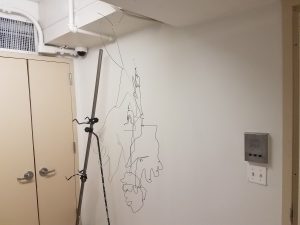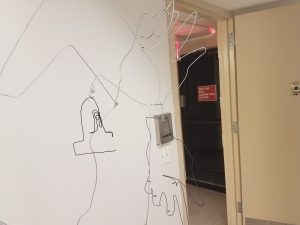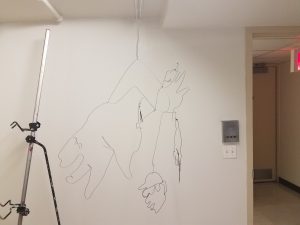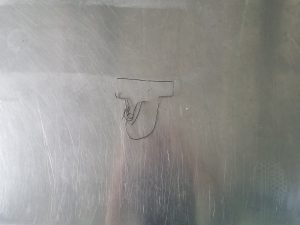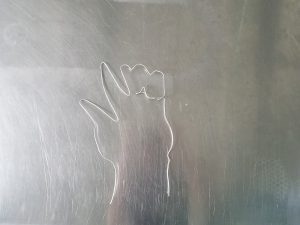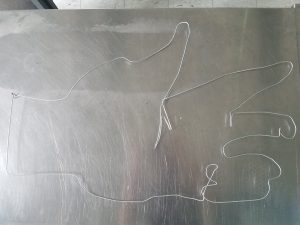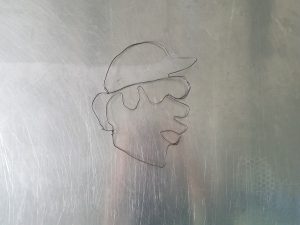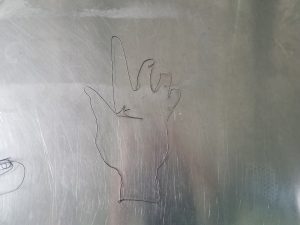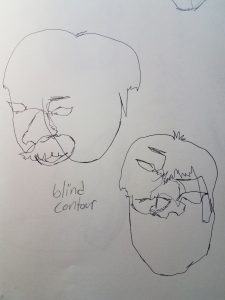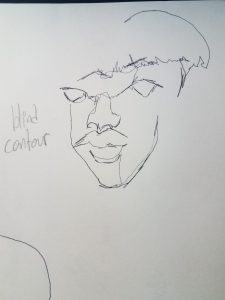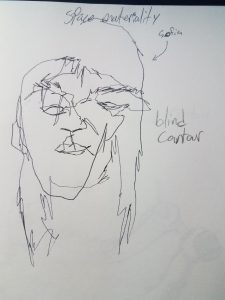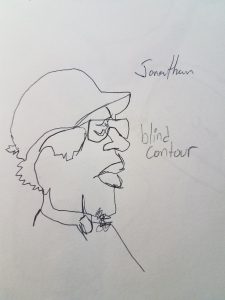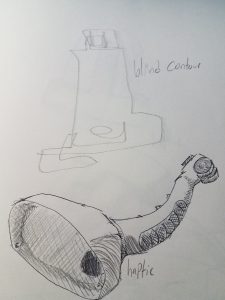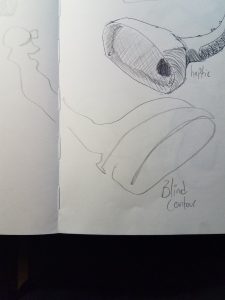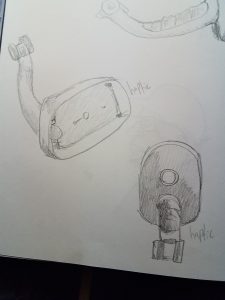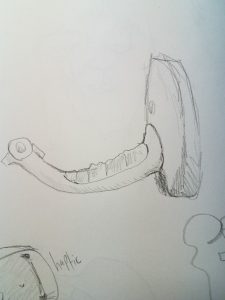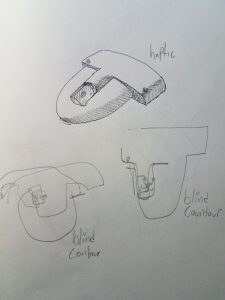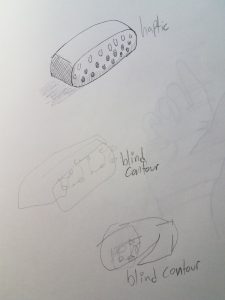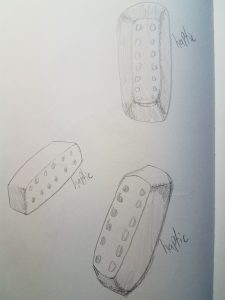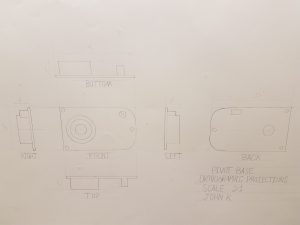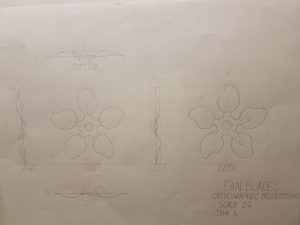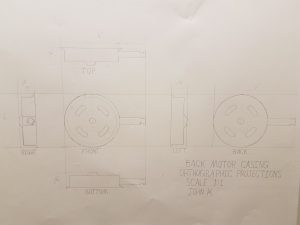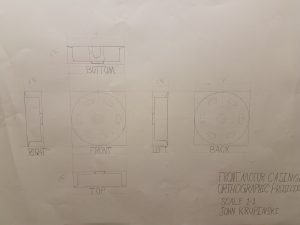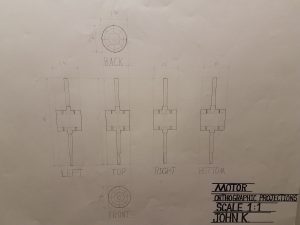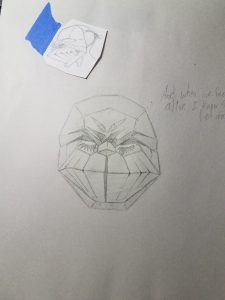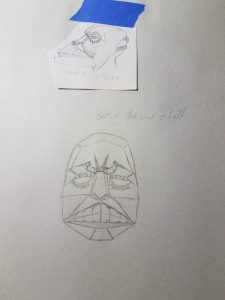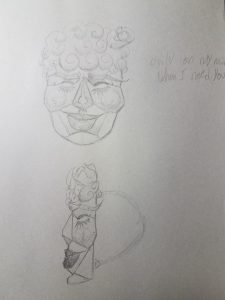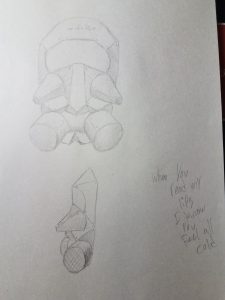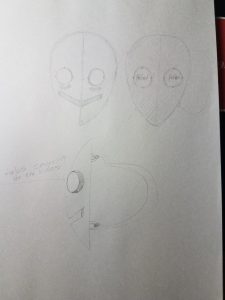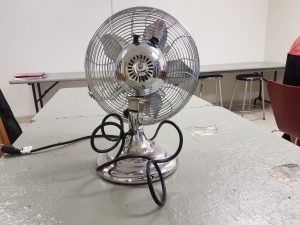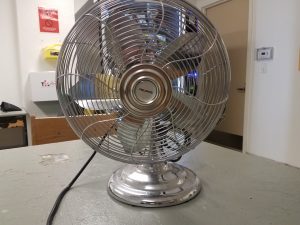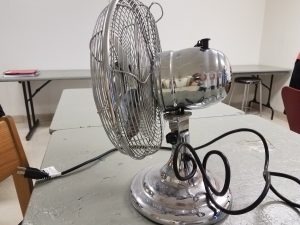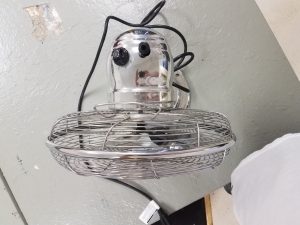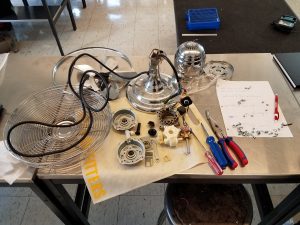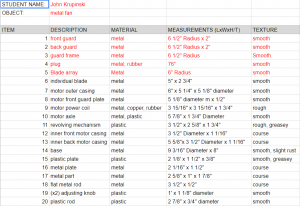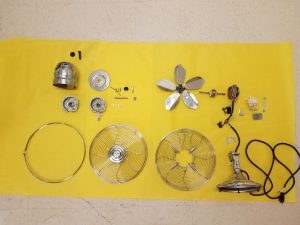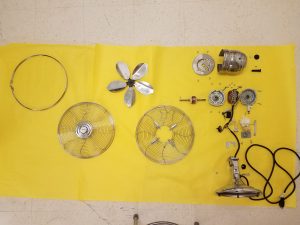Reflection:
This assignment serves as an add-on for the one before it, project 4. As it adds onto the concept of reinterpreting a two dimensional stimulus into the three dimensional plane and factors in the concept of a shared weight between these objects. Since they’re suspended and not rooted to the ground by gravity, the position they intentionally fall into displays the invisible but essential relationship between objects that are reliant on balance and weight distribution. However still they seem to be, the preservation of balance between two correlating objects means they’re always in motion. which is interesting because the idea of a perfect resting state, where they are not moving at all, would imply that all objects depending on one another are compensated to the point of extreme precision, which would be incredibly difficult to achieve, if achievable at all. Motion implies energy, the alignment of balance relies on the motion of gravity, as said in The Culture of Time and Space, “If there is no clear distinction between the plenum of matter and the void of space and if matter may be conceived as a configuration of energy alignments, then the traditional understanding of matter as made up of discrete bits with sharply defined surfaces must also be rejected […] and argued that the division of matter into independent bodies with absolutely determined outlines is ‘artificial”. This is interesting because these wires do exactly that, they’re artificial forms that “outline” an object that existed in a position at a certain time, serving as a three dimensional “freeze frame” that copies the said object. It however is not a carbon copy, as the hand is not a real hand hanging from a mobile, instead it is a form that implies the idea of a hand. As Scott McCloud once stated, the simpler something is the easier it is for the human brain to make an assumption regarding it, so something that is literally a wire frame of something is recognizable to the human brain. Now the addition of positioning the mobile above a person changes the effect the wire frames had beforehand, as instead of a person actively looking down at a surface to see this wire frame lying on table, it is now hung in front of them, immediately taking up space in the viewer’s psyche. It now engages with the viewer instead of the viewer taking the effort to take it in.
